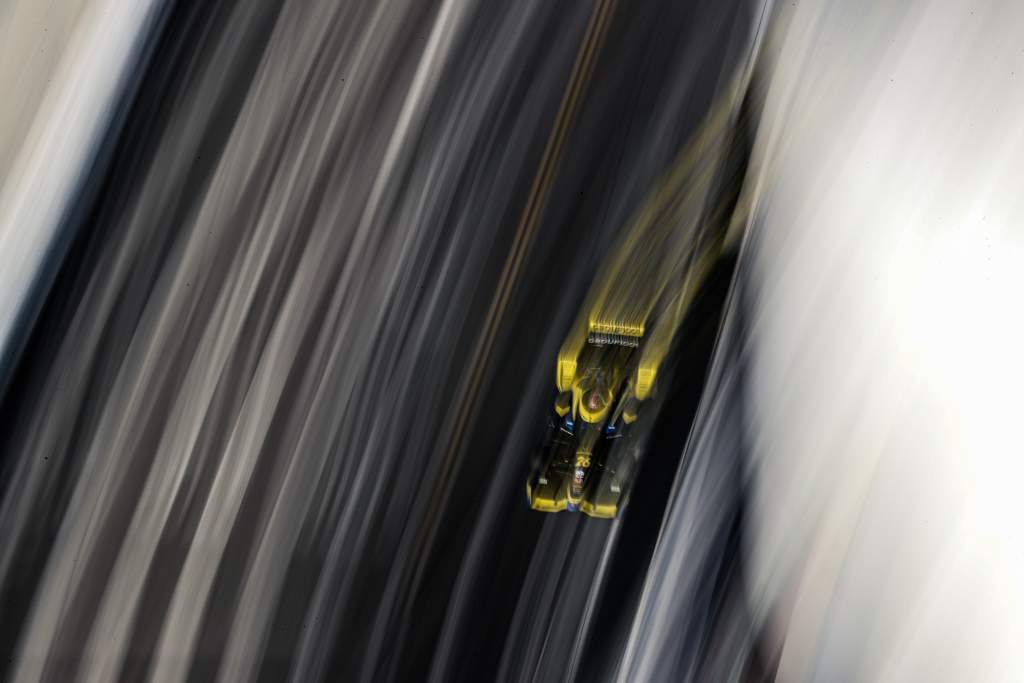Up Next

Colton Herta scored 32 superlicence points across his three race winning years in IndyCar, which means he is short of the tally needed to reach F1 as things stand.
If he had won the F4 US Championship, Formula Regional Americas (F3-level) and Indy Lights across the past three years instead of racing in IndyCar, he’d have 45. Let that sink in for a minute.
IndyCar currently offers 40 superlicense points to its victor, but then its points decrease from 30, 20, 10, 8, 6 and so on.
That means for finishing fourth in the IndyCar championship you get eight fewer points than the person who wins the Formula Regional Americas Championship.
No disrespect to that series, it’s well backed by Honda and has some good names on its roll of honour including Kyle Kirkwood. But both of those drivers have then moved to IndyCar’s de facto feeder series Indy Lights – which by the way, offers only 12 points to its winner.
Also, Formula Regional Americas has only had eight drivers do all the races so far this season, even though it boasts the enormous prize of a scholarship into Japanese Super Formula.
A lot of hard work has gone into the relatively new series and there’s a lot to like about it, but it’s not quite at the level of its Road to Indy compatriot Indy Lights just yet.
Like IndyCar, in the FIA Formula 2 championship, the winner also gets 40 points, but in F2 the top three also achieve the same total. This means you get 30 for finishing fourth, 20 for finishing fifth, 10 for finishing sixth and so on.
If we’re taking a pragmatic point of view, it’s understandable that the Formula Regional Americas series gets a good haul as it’s one of a group of FIA backed series around the world. Most of the FIA’s major formulas earn the same superlicence points, so perhaps it hasn’t felt the need to nit-pick through them and start comparing and contrasting with other series.
To be honest, I don’t think that’s the problem anyway, that points tally seems roughly fair.
However, the IndyCar and Indy Lights points desperately need re-addressing, IndyCar to at least be on par with Formula 2 and Indy Lights to at least be on par with Formula Regional.
Here are the drivers who have finished in the top three in the IndyCar championship over the last five years: Scott Dixon, Juan Pablo Montoya, Will Power, Simon Pagenaud, Helio Castroneves, Josef Newgarden, Alexander Rossi, Colton Herta, Alex Palou, Pato O’Ward.
Can anyone argue that any of these drivers aren’t competent enough to drive a Formula 1 car? They should have got the 40 points for finishing in the top three that you get in F2.
Of course, taking individual cases into account, F1 teams wouldn’t look at drivers deemed past its age range or that have already had a shot for a full-time seat. But that’s where natural selection comes in and it wouldn’t matter.
Where it does matter is when drivers like Colton Herta would have been better doing three years in junior formulae.
Would Herta be the driver he is now if he had been competing in championships that struggle to get into double-figure entries for completing the year, versus what he has learned in three years in what is undoubtedly one of the best single-seater championships in the world? No chance.
It’s baffling that a junior route would have been a better option, and for that reason, the IndyCar superlicence points have to change. Especially as its stars are cast more and more into F1’s spotlight, and that F1 needs an American driver in the future – a goal it has stated on multiple occasions.
Talk about ‘hoisted by your own petard’.






